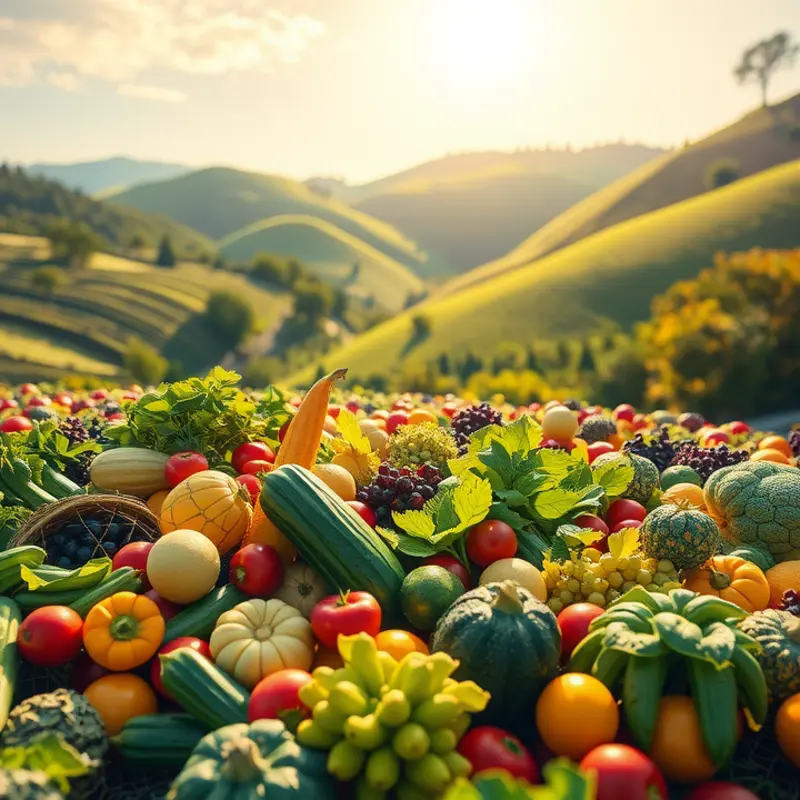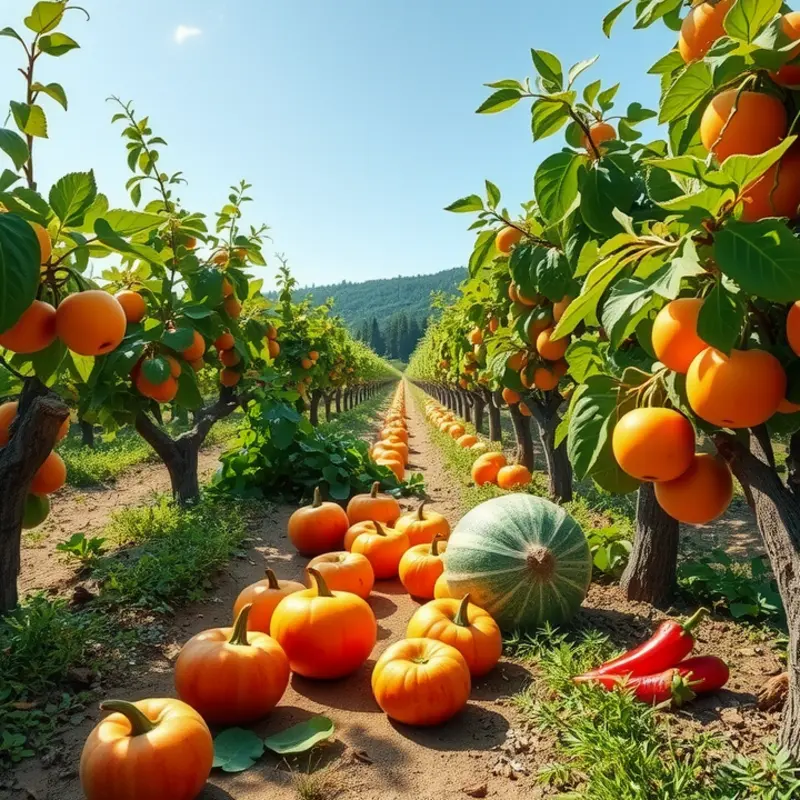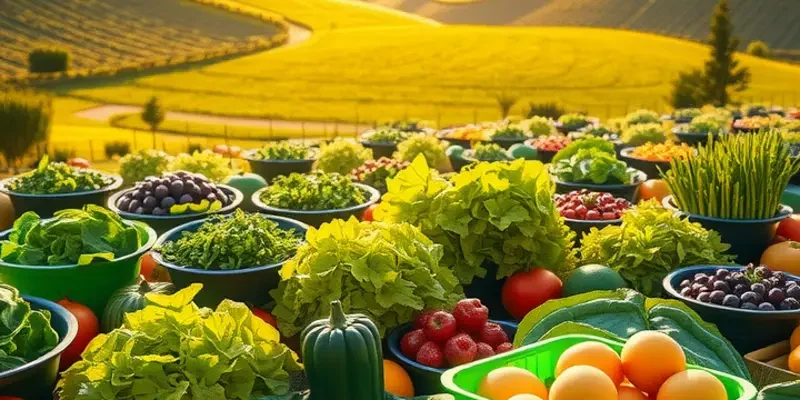Eating outdoors transcends mere dining; it embodies cultural practices, community spirit, and culinary traditions across the globe. From sun-kissed picnics in France to vibrant street food markets in Southeast Asia, outdoor eating fosters connections with nature and each other. This exploration of outdoor dining reveals not just food but the stories, rituals, and customs that make each culinary experience unique. Join us as we wander through the diverse landscapes of outdoor dining traditions worldwide.
From Picnics to Street Markets: Diverse Outdoor Dining Traditions

Outdoor dining is a vibrant testament to cultural diversity, each region offering unique practices that reflect its environment and traditions. The French picnic, or ‘pique-nique’, embodies a leisurely appreciation of life’s simple pleasures. Set amidst sprawling fields or by the Seine, French picnics typically feature a tapestry of flavors, from fresh baguettes to creamy cheeses. The sound of rustling leaves and soft chatter creates a serene backdrop as families and friends break bread together.
Contrastingly, Mexico’s bustling street markets, or ‘tianguis’, offer a dynamic dining experience. These markets are a feast for the senses: vibrant colors from stalls displaying fresh produce, the sizzle of grilled meats, and the aromatic blend of spices filling the air. The market is not just a place to eat but a social hub, where community bonds are strengthened through shared meals and lively conversations. Seasonal ingredients heavily influence the offerings, showcasing the region’s agricultural richness.
In Japan, the hanami festival celebrates the ephemeral beauty of cherry blossoms. Under a canopy of delicate pink hues, families and friends gather in parks to enjoy bento boxes filled with seasonal delights. The gentle rustle of sakura petals and soft laughter blend, creating an atmosphere of joy and reflection. This tradition highlights the importance of being present in the moment, enjoying sumptuous meals under nature’s magnificent display.
Geographical and seasonal aspects shape these traditions, highlighting the adaptability and creativity within cultures. Whether it’s the spontaneity of grabbing fresh tacos or the careful selection of artisanal cheeses, each dining custom offers a glimpse into local life, emphasizing communal dining’s role in forging connections. These culinary experiences transform everyday meals into celebrations of life, love, and friendship.
To explore more about global culinary influences and how they shape these rich traditions, visit this guide. As these outdoor dining traditions continue to evolve, they remain deeply rooted in fostering connections through food, reflecting shared histories and vibrant communal spirits.
Flavors of the Open Air: Culinary Practices That Unite Us

There’s something universally captivating about dining in the open air. Every culture boasts unique traditions that turn outdoor meals into celebrations of unity, with food often acting as the central bond.
In the United States, the barbecue is more than just a meal; it’s a social event. Barbecuing rituals vary from region to region, yet all carry a communal essence. Whether it’s ribs slow-cooked to perfection or freshly grilled vegetables, the flavors emerging from a smoker or grill are deeply entrenched in cultural narratives. The act of gathering around the barbecue ties communities, sharing homespun recipes and creating lasting memories under a blue sky.
Further east, Spain offers its own vibrant take on outdoor dining with tapas enjoyed on sun-drenched terraces. This tradition invites leisurely sharing of small plates, each bursting with flavor, fostering conversation and sharing. Tapas, ranging from patatas bravas to gambas al ajillo, are perfect for communal dining, reflecting a lifestyle where socializing over food is paramount. The informal setting blurs distinctions between day and night, meal and snack, binding people through shared tastes and experiences.
Across the Indian subcontinent, tandoori cooking echoes an ancient tradition that evolved into a cornerstone of Indian outdoor dining. Cooking over an open flame in clay ovens, the vibrant and fragrant spices infuse dishes like tandoori chicken with deep flavors. This method of cooking has historical roots dating back centuries, creating an experience that extends beyond taste to involve the entire community in its aromatic and ceremonial preparation.
While globalization has brought significant changes, these practices remain resilient, adapting while retaining their core essence. Today, individuals worldwide are incorporating global flavors into local outdoor dining practices while keeping traditional rituals alive. Barbecues now feature tandoori-inspired marinades or tapas-inspired appetizers. This fusion reflects an ever-expanding culinary tapestry.
These global outdoor dining traditions highlight how food acts as a cohesive force, breaking down barriers and spreading joy. They inspire people to gather, connect, and understand each other’s cultural identities through shared space and meals. In this way, the evolving landscape of outdoor dining continues to nourish both body and community bonds.
For those interested in how culinary practices are influenced by trade, you can explore more about culinary influences in global cuisine.
Final words
The act of dining outdoors is rooted in ancient practices that blend culture, community, and cuisine. With every outdoor meal, whether enjoying tapas in Spain or participating in an open-air barbecue in the U.S., a rich tapestry of traditions unfolds. As food enthusiasts and culturally curious readers embark on exploring these outdoor dining customs, they not only savor diverse flavors and experiences but also engage with the profound connections that food forges among people. Embracing outdoor dining enriches our culinary experiences and honors the narratives that shape our global food culture.








